Prices Could Still Spike for These 11 Grocery Items From China
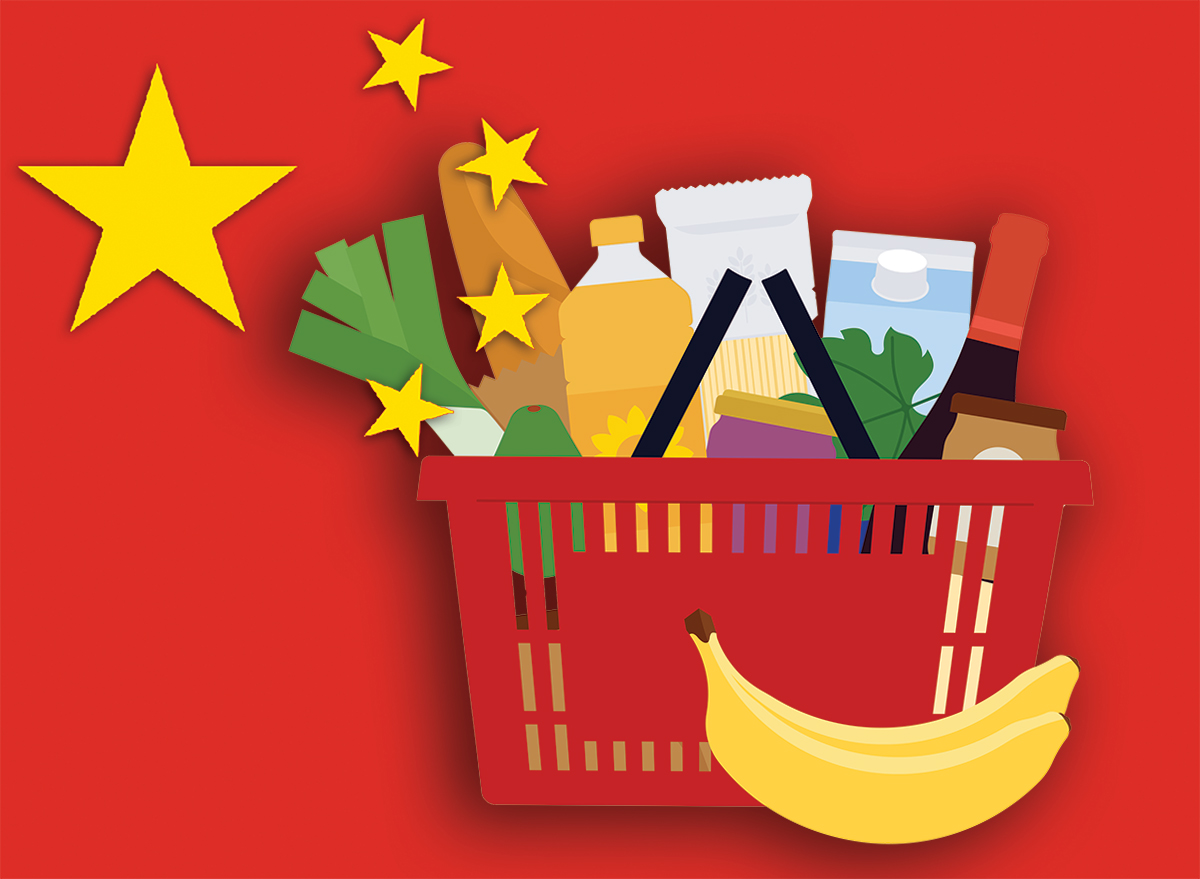
President Trump put a 90-day global pause on tariffs for most countries previously facing 25% or more, but the trade war between the United States and China is only escalating with each side hitting the other with increasingly tough tariffs. As of April 10, China is facing 145% tariffs, which may have a dramatic impact on U.S. grocery store pricing for specific items imported from China. While the larger chains may be able to absorb the impact of these price hikes, many smaller chains and independent stores won't be so lucky, and the customers will end up paying more. Here are 11 grocery items from China that could still spike in price.
Black Vinegar
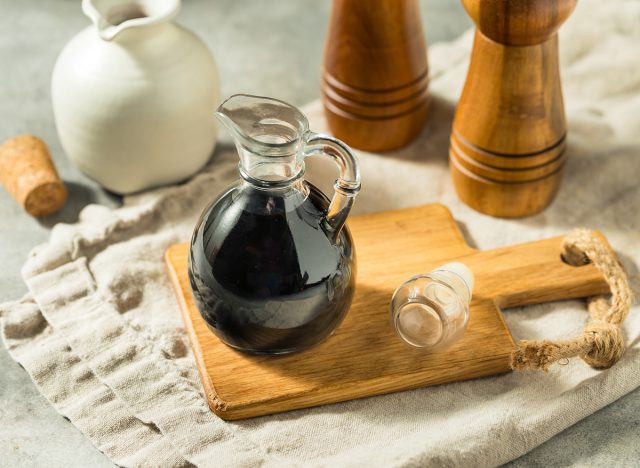
Chinese black vinegar brands such as Soeos Chinkiang Vinegar are a staple in Chinese cooking, and could go up in price due to the tariffs. "Chinese black vinegar is widely used in Chinese cooking for all types of cold appetizers, braised meats and fish, noodles and as a dipping condiment for dumplings," say Chinese cooking gurus The Woks of Life.
Shaohsing Rice Cooking Wine
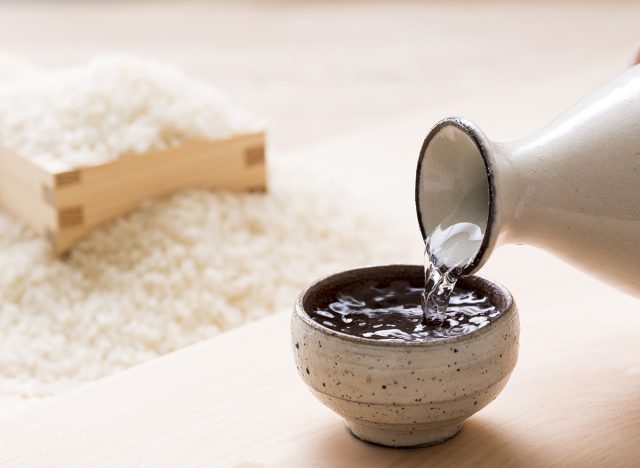
Shaohsing Rice Cooking Wine is another staple in Chinese cooking, and could soon be considered a luxury item. "It's a secret ingredient that makes recipes truly taste like what you get at Chinese restaurants. Chinese restaurants use it by the gallon in everything from stir fry sauces to soup broths, marinades and wontons!" says Nagi from the inimitable Recipetin Eats.
Five Spice Powder

Five Spice Powder like the NPG Authentic Chinese Five Spice Blend is a staple pantry product and often imported from China. "If you cook Asian food at home, this spice should be a staple in your pantry. Came super fresh – just follow recipes on how much to use, but as far as authentic Asian flavor, this spice has been a game changer," one Amazon shopper said.
Fresh and Frozen Garlic Products
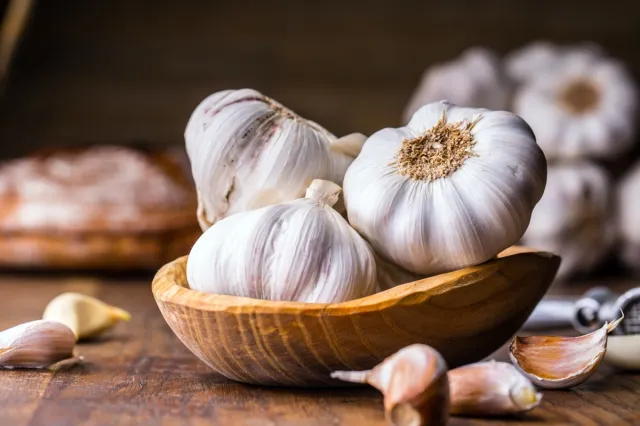
China is the world's biggest producer and exporter of fresh and frozen garlic products.Although garlic is grown in California, most of the garlic sold in the U.S. comes from China, so this staple ingredient could soon become more expensive.
Sichuan Peppercorns

Sichuan Peppercorns are famous for their delicious, mouth-numbing qualities and a staple in dishes such as Mapo Tofu. As the name suggests, these peppers are grown in the Sichuan province of China and exported around the world, including the U.S. Smaller Asian grocery stores may have no choice but to hike the price tag on these imported peppers.
Toasted Sesame Oil
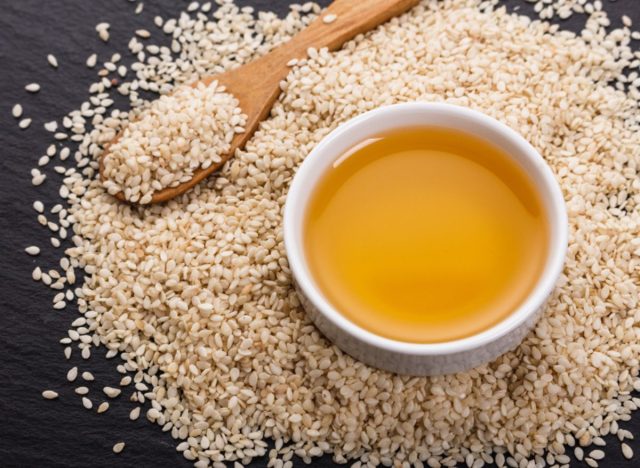
Another Chinese pantry staple, sesame oil like the Lee Kum Kee Pure Sesame Oil could become much more expensive as a result of the tariffs. Customers may end up switching to Japanese sesame oil in an effort to save money.
Hoisin Sauce
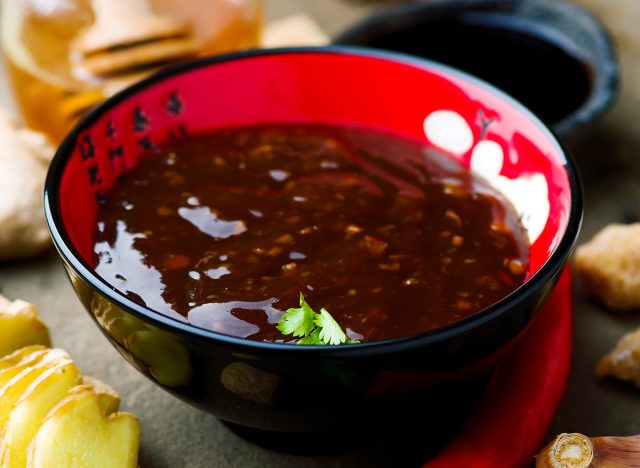
Hoisin sauce is a must-have for food such as Peking Duck and other grilled meat dishes. Beloved favorites such as the Koon Chun Hoisin Sauce are produced in Hong Kong and are a big hit with U.S. customers. "The moment I tasted this in my Ramen noodles I knew this brand was my forever Hoisin sauce. Ty to all the reviewers you did not disappoint! I ordered 2 different sauces and the other one didn't come yet but this was the EXACT taste I wanted," one Amazon shopper said.
Oyster Sauce
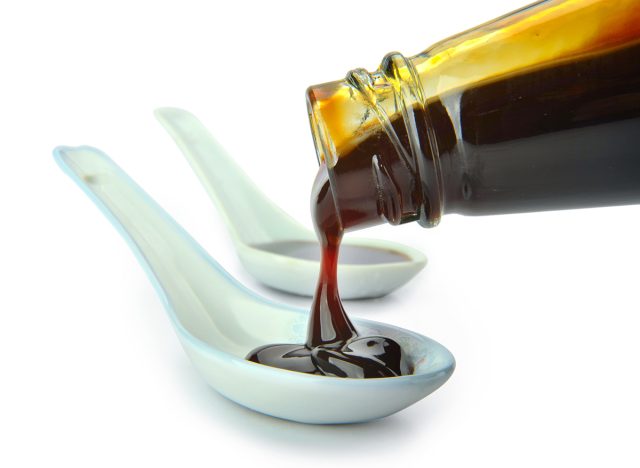
Oyster sauce is another must-have ingredient for Chinese cooking, and brands such as Luhua who produce and export from China may have to raise prices for suppliers in the U.S. Customers may be forced to choose oyster sauce from other sources such as Thailand to avoid paying more than they want.
Chinese Soy Sauce
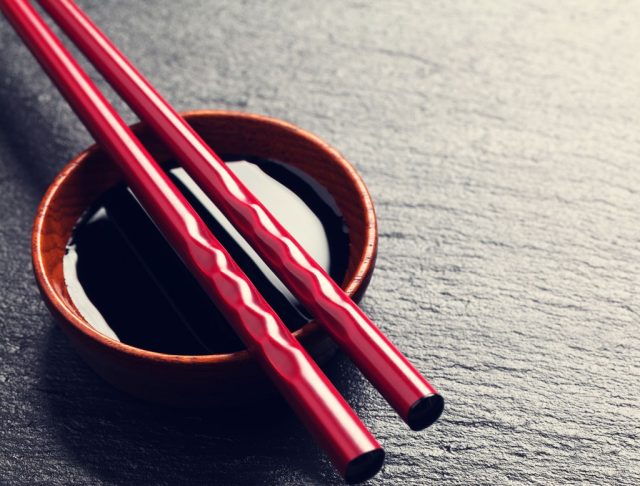
Chinese soy sauce like Pearl River Bridge Soy Sauce has a very distinct taste and flavor, and is a non-negotiable ingredient for Chinese cooking. "Every day, every single customer, I don't know how many times I hear about tariffs," Springfield, VA-based Filipino-American store owner Arlene Calimlim tells NPR. "They say, the next time I buy this, it might be double in price."
Frozen Shellfish
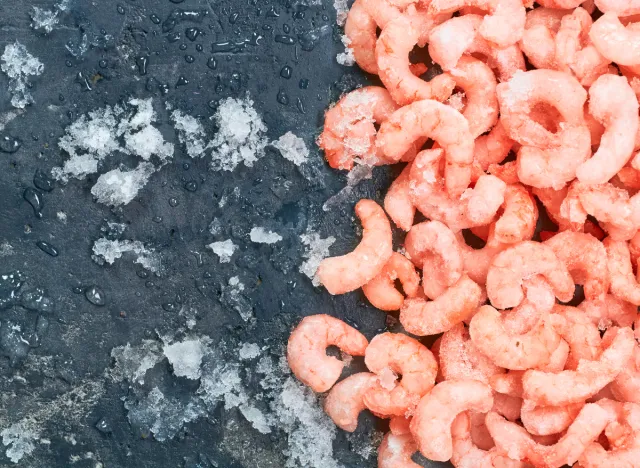
China processes a huge amount of frozen shellfish, so even if the shellfish itself is sourced from other countries, it most likely goes through Chinese factories. "China is the largest importer of seafood in the world, but a new analysis by researchers at the University of Florida, Duke University and four other institutions finds that nearly 75% of that fish never makes it to the Chinese market. Instead, it's processed in China and exported back into the global market as a product of China, a practice known as re-exporting," says Duke University.
Chinese Tea
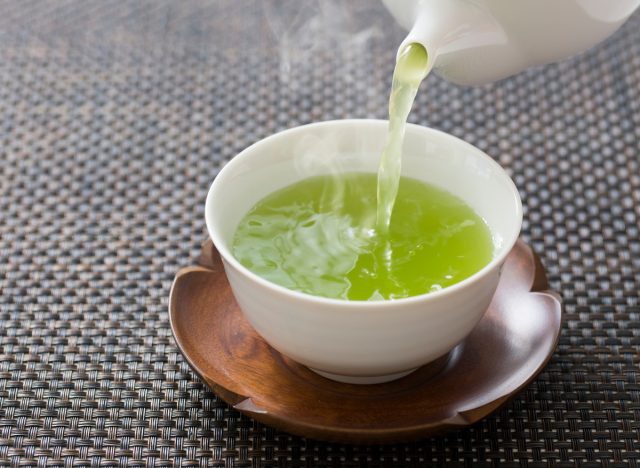
Chinese tea such as Anhui Yellow from Anhui Province or Longjing tea may soon go from being an indulgence to completely unaffordable thanks to tariffs. "The planting of Longjing green tea could be dated backed to the Tang Dynasty (618-907). Ranking the first among the ten famous green tea in China, it is well known for its green color, strong fragrance, sweet taste and pretty shape," one Redditor said.









